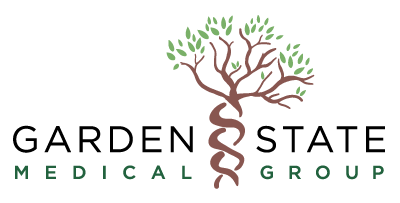Some people are able to find health issues through minor differences in appearance, with some needing a closer look than others. If you’ve ever seen your veins start becoming more prominent, and they seem to have a blue or purple-like tinge to them, there is a possibility that you have varicose veins.
Although the terminology can seem foreign, varicose veins are actually relatively common. There are about 40 million people in America alone experiencing varicose veins, which can be quite the problem to address. Keep reading to get a quick look into what varicose veins are and how they can affect your health.
Defining Varicose Veins
As mentioned above, varicose veins are veins that can appear blue or purple. This can happen in multiple parts of the body’s skin, almost as if on the surface of the skin itself. This occurs because your body’s blood valves may have been too weakened or damaged to transport blood. Essentially, it will start to create blood clots that make the veins even larger.
Varicose veins, in themselves, can seem like a skin appearance problem more than anything. That can be the case for some individuals. However, varicose veins can also be an indicator that there may be some underlying health problems that have to get fixed. If you spot any signs of these on your skin, be sure to get in touch with a specialist who can help you.
Understanding the Health Issues
Varicose veins are often linked to specific problems with one’s blood circulation, and they appear most on overweight and elderly people who may have a problem with blood flow. It’s also understood that some of these conditions may have been passed down from older family members via genetics.
Here are some health issues that are linked to having varicose veins:
- Deep Vein Thrombosis. Deep vein thrombosis or DVT refers to deep vein blood clots. If those clots break off the blood circulation of your veins, it can compromise a number of other organs and body parts such as the lungs and the legs.
- Chronic Venous Insufficiency. Chronic venous insufficiency or CVI is when the blood pools specifically in the veins of your legs. This can make it difficult for your body to move as the leg area becomes weak or undergoes cramps.
- Superficial Thrombophlebitis. Varicose veins are also linked to a medical condition called phlebitis, which is characterized by inflammation of the veins. It becomes superficial thrombophlebitis when the vein’s inflammation occurs by the surface of the skin and is felt alongside quite a great deal of pain.
Looking Into Treatment and Prevention
If you already have varicose veins, it’s essential to reduce the likelihood of blood clotting further. Processes such as endovenous laser therapy should be able to help one’s veins, but be sure to coordinate with a professional.
Many seek to prevent varicose veins, and the best thing is to engage in activities that will help regularize your blood flow and circulation. Manage your weight and try to be more physically active to avoid any complications that can arise from it.
Conclusion
Varicose veins can be startling to spot at first, but it’s better to be certain and check early. That way, you can get early treatment options and ensure your body’s safety from any complications as much as possible.
Looking into medical weight loss to improve your blood circulation? Nuluk Aesthetics is a patient-centered service and solutions-oriented med spa in New Jersey that ensures your best health and appearance. Contact us today!


